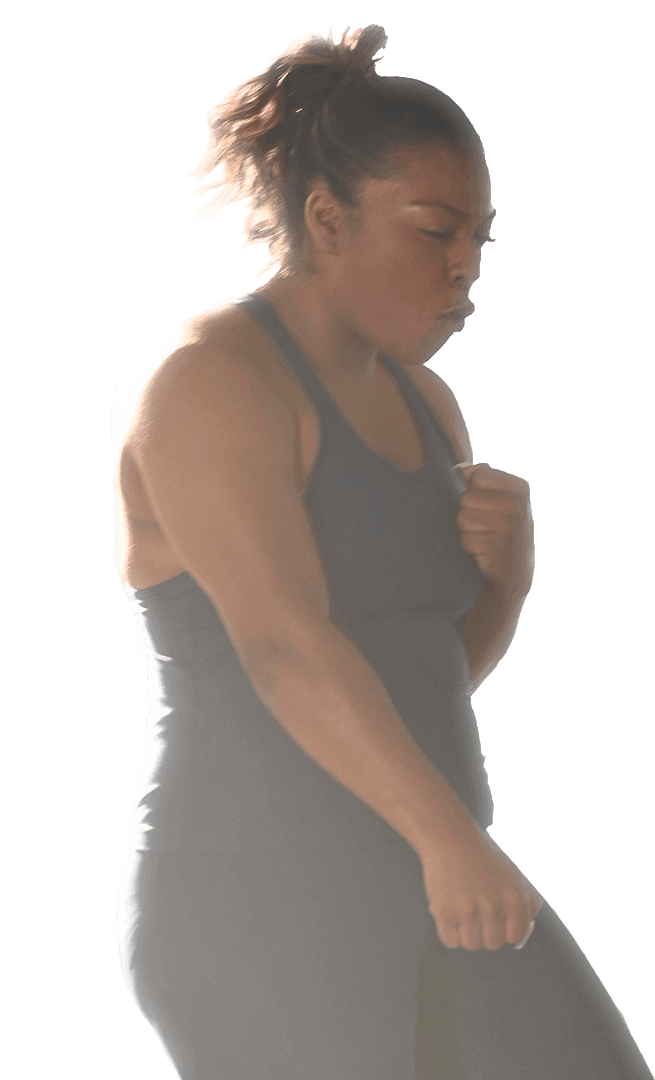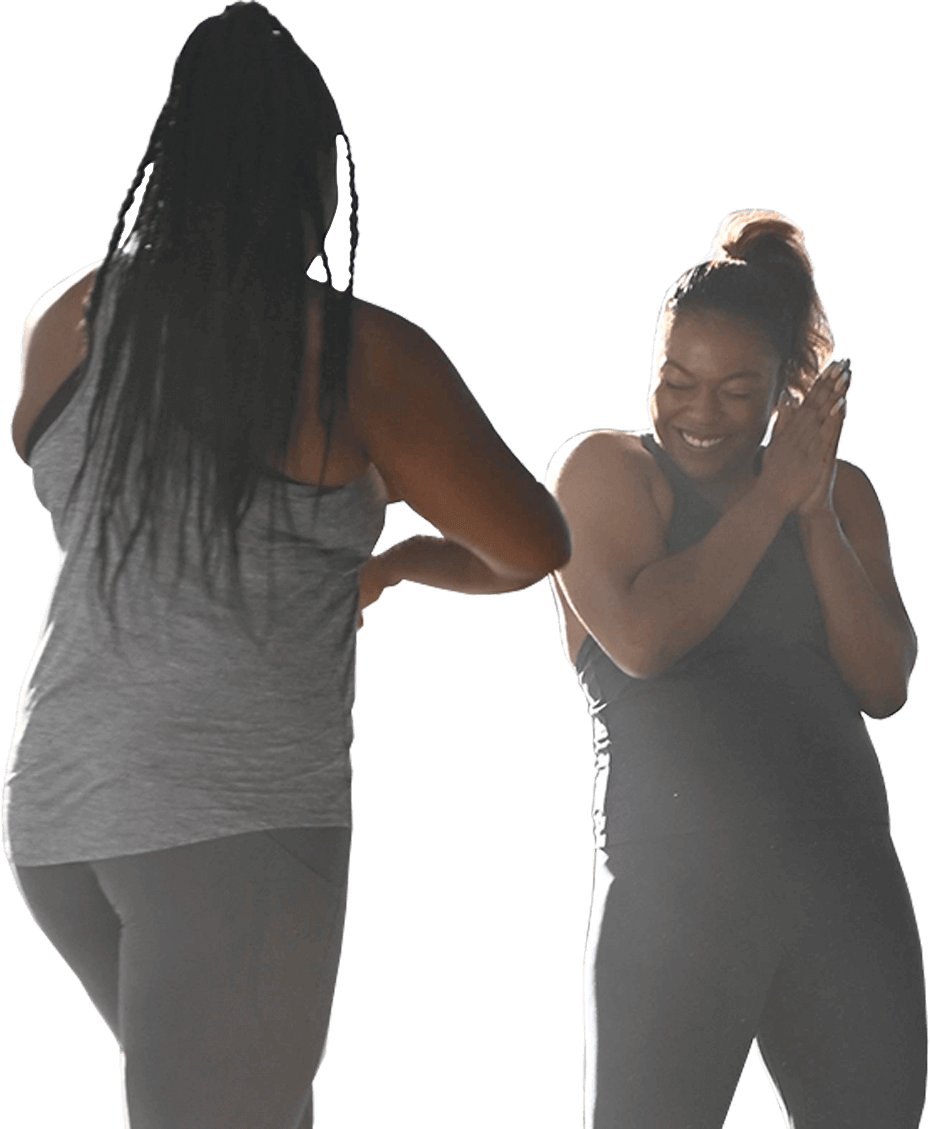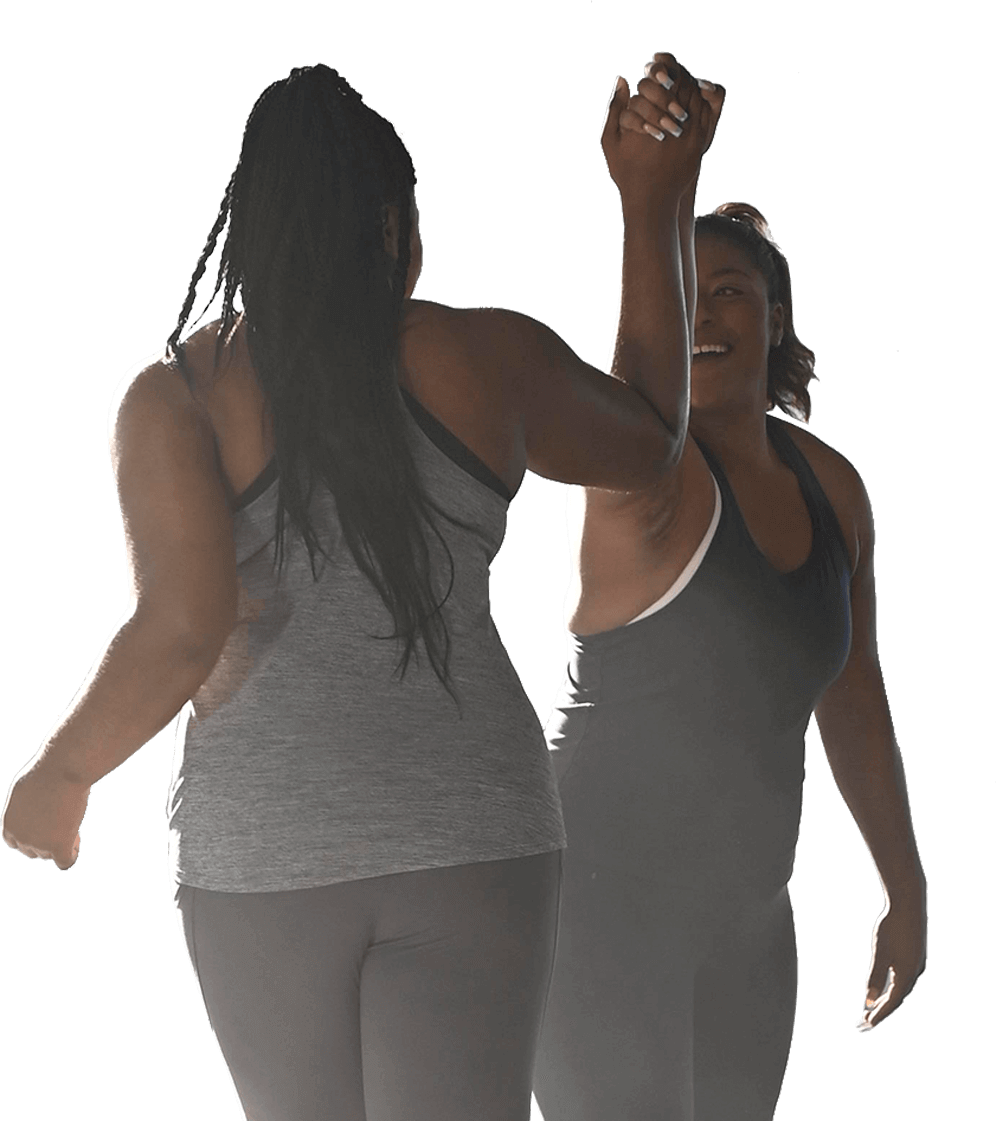Identify the Window
of Opportunity and
Rewrite the Story
of Hidradenitis
Suppurativa (HS)
Actual patient living with HS
Hear how Dr. So Yeon Paek is making HStory as she provides clarity on this often overlooked disease.
HS Patient Facts
Patients with a family history of HS5
Nearly
1 in 3
Percentage of patients who visit a physician for HS symptoms before an appropriate HS diagnosis is made6
~64%
Percentage of patients who experience daily flares6
23%
A delayed diagnosis markedly contributes to disease progression, additional comorbid conditions, and an increased number of surgically treated sites.2,3
Facing HS head on
HS is an immune-mediated, inflammatory condition that can be progressive and pervasive.7,8
It is characterized by recurring abscesses, inflammatory nodules, and tunnels and scars, commonly occurring in intertriginous skin.7 The chronic immune response eventually leads to severe pain, purulent discharge, tissue damage, and scarring.8,9
Disease severity is typically graded using the Hurley Clinical Staging System.10
HS can feel unbeatable. But it’s manageable.
Understanding HS can lead to earlier diagnosis and help patients get ahead of the recurrent flares that can lead to social, emotional, and psychological devastation.8,11

Social withdrawal or isolation11
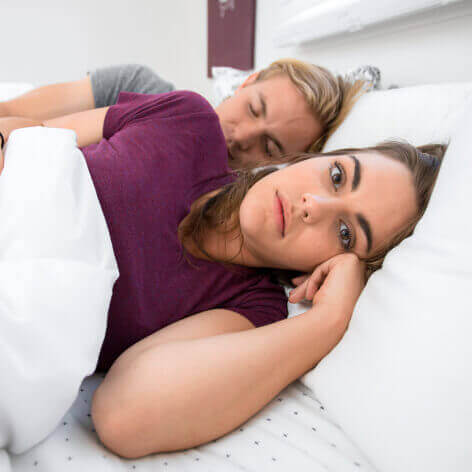
Diminished intimacy8,11

Unemployment8,11
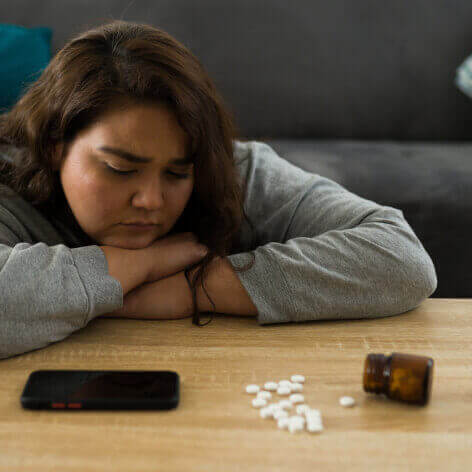
Substance use disorder12
Comprehensive care should include screening for and managing associated comorbidities that contribute to poor health and impaired life quality.12
Common comorbid conditions include:
 Depression8,11
Depression8,11 Anxiety8,11
Anxiety8,11 Metabolic syndrome12
Metabolic syndrome12 Spondyloarthritis12
Spondyloarthritis12
Taking charge of treatment
Current guidelines indicate multiple therapies–including biologics, antibiotics, steroids, and surgery–can help control the impact of the disease.13,14
Managing HS often requires systemic treatment that can effectively address the severity of disease on a case-by-case basis.14 Addressing HS during the “window of opportunity,” when anti-inflammatory attempts will be most effective, may alter the natural HStory of the disease.4
A better understanding of the underlying pathophysiology can help with developing a comprehensive standard of care.15
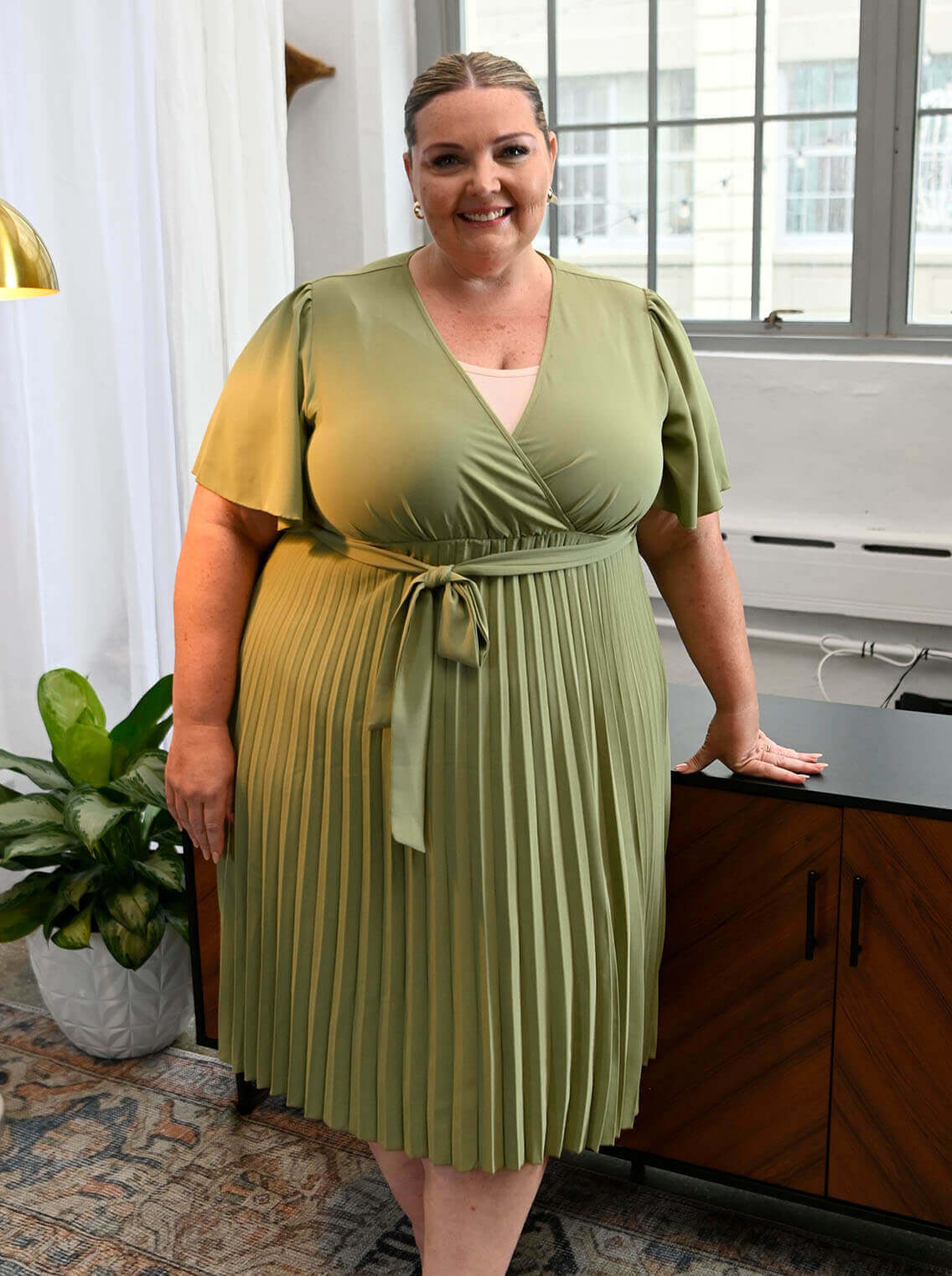
Actual patient living with HS
References
- Garg A, Kirby JS, Lavian J, et al. Sex- and age-adjusted population analysis of prevalence estimates for hidradenitis suppurativa in the United States. JAMA Dermatol. 2017;153(8):760-764.
- Kokolakis G, Wolk K, Schneider-Burrus S, et al. Delayed diagnosis of hidradenitis suppurativa and its effect on patients and healthcare system. Dermatology. 2020;236(5):421-430.
- Sayed CJ, Hsiao JL, Okun MM. Hidradenitis Suppurativa Foundation Women’s Health Subcommittee. Clinical epidemiology and management of hidradenitis suppurativa. Obstet Gynecol. 2021;137(4):731-746.
- Martorell A, Jfri A, Ochando G, et al. Present and future trends of biologic therapies and small molecules in hidradenitis suppurativa. J IMIDs. 2022;2(1):8-19.
- Scala E, Cacciapuoti S, Garzorz-Stark N, et al. Hidradenitis suppurativa: where we are and where we are going. Cells. 2021;10(8):1-19.
- Garg A, Neuren E, Cha D, et al. Evaluating patients’ unmet needs in hidradenitis suppurativa: results from the Global Survey of Impact and Healthcare Needs (VOICE) Project. J Am Acad Dermatol. 2020;82(2):366-376.
- Okun MM, Flamm A, Werley EB, et al. Hidradenitis suppurativa: diagnosis and management in the emergency department. J Emerg Med. 2022;63(5):636-644.
- Sabat R, Jemec GB, Matusiak Ł, et al. Hidradenitis suppurativa. Nat Rev Dis Primers. 2020;6(1):1-20.
- Schneider-Burrus S, Tsaousi A, Barbus S, et al. Features associated with quality of life impairment in hidradenitis suppurativa patients. Front Med (Lausanne). 2021;8(676241):1-9.
- Lee EY, Alhusayen R, Lansang P, et al. What is hidradenitis suppurativa? Can Fam Physician. 2017;63(2):114-120.
- Matusiak Ł. Profound consequences of hidradenitis suppurativa: a review. Br J Dermatol. 2020;183(6):e171-e177.
- Garg A, Malviya N, Strunk A, et al. Comorbidity screening in hidradenitis suppurativa: evidence-based recommendations from the US and Canadian Hidradenitis Suppurativa Foundations. J Am Acad Dermatol. 2022;86(5):1092-1101.
- Alikhan A, Sayed C, Alavi A, et al. North American clinical management guidelines for hidradenitis suppurativa: a publication from the United States and Canadian Hidradenitis Suppurativa Foundations: part II: topical, intralesional, and systemic medical management. J Am Acad Dermatol. 2019;81(1):91-101.
- Zouboulis CC, Desai N, Emtestam L, et al. European S1 guideline for the treatment of hidradenitis suppurativa/acne inversa. J Eur Acad Dermatol Venereol. 2015;29(4):619-644.
- Smith S, Okoye G, Sokumbi O. Histopathology of hidradenitis suppurativa: a systematic review. Dermatopathology. 2022;9:251-257.
